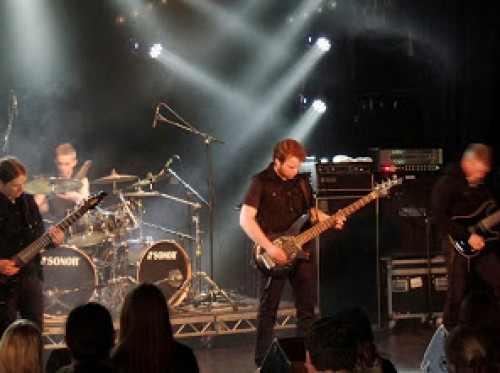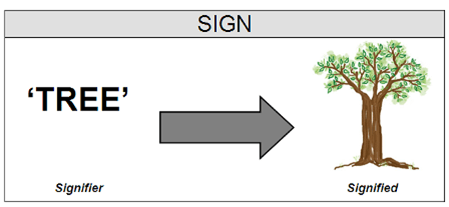(Gemma Alexander is a Seattle-based writer and NCS fan who visited Iceland in the fall of 2012 during the Iceland Airwaves festival and was generous enough to send us interviews with such bands as Angist, Beneath, Kontinuum, Sólstafir, Gone Postal, and Skálmöld. In July of this year she returned to Iceland for the Eistnaflug metal and rock festival (“Eistnaflug” being Icelandic for “flying testicles”), and we are once again the beneficiary of her writing. Today we present Part 1 of a three-part report on the festival, illustrated with Gemma’s own photos. Visit her own excellent blog here and check out more of her reporting on the festival at KEXP’s web site.)
When I arrived in the remote fjord town of Neskaupstadur, I was determined to catch as many of the nearly 50 bands as possible. But a late night drinking with new friends and a breakfast that may have included beer interfered with my good intentions. Although the first band on Thursday didn’t take the stage until almost 3 p.m., I missed them.
 The first band I did see was Azoic. With Ragnar (Raggi) Sverisson on the drums, I expected great things, and got them. What I didn’t get was vocals – it was an entirely instrumental set.
The first band I did see was Azoic. With Ragnar (Raggi) Sverisson on the drums, I expected great things, and got them. What I didn’t get was vocals – it was an entirely instrumental set.
I ran into Raggi later and he explained that the set was all new music, and they hadn’t finished the lyrics yet. Okay, that’s one choice. Azoic’s 2012 Gateways can be found here: Continue reading »


